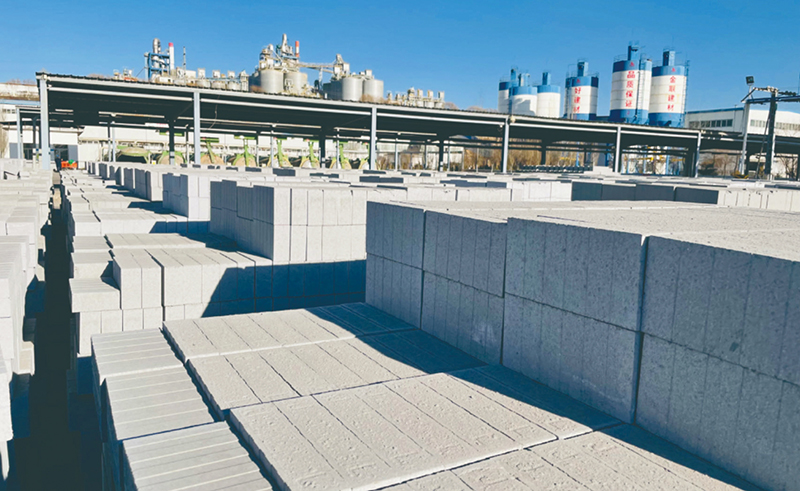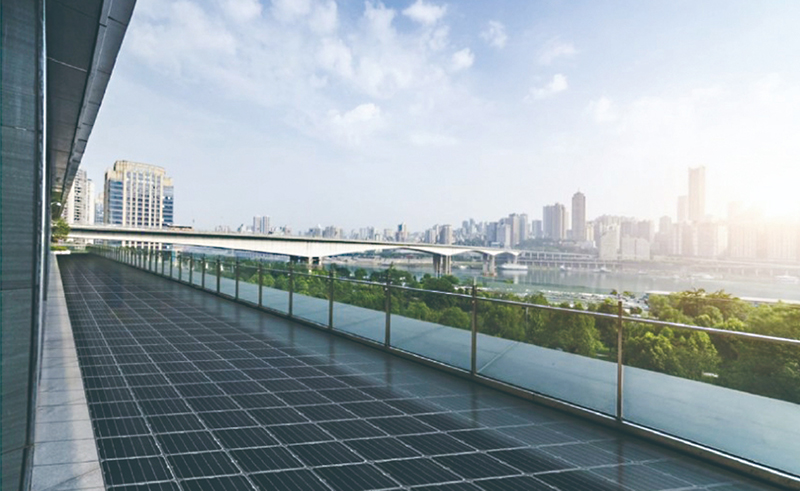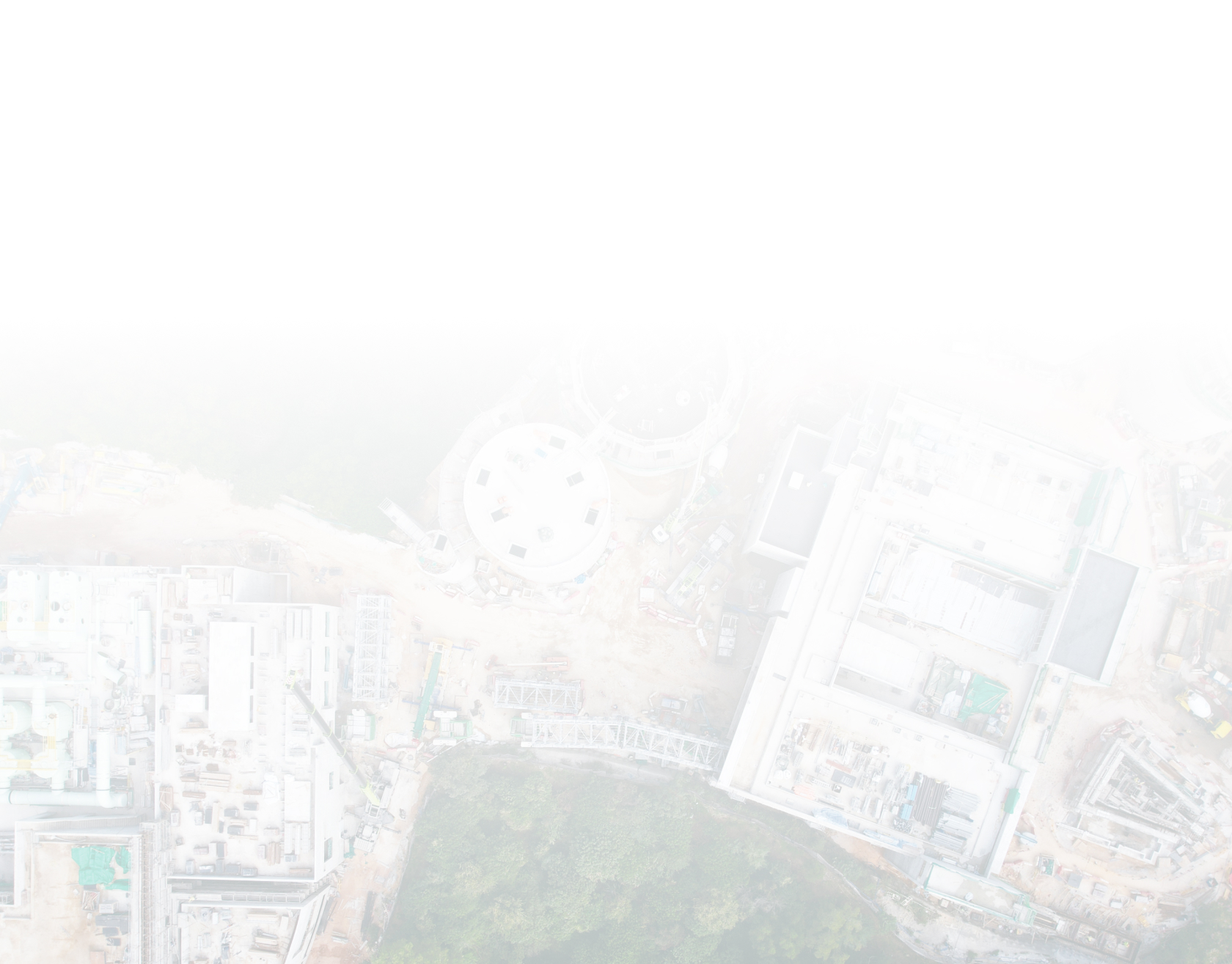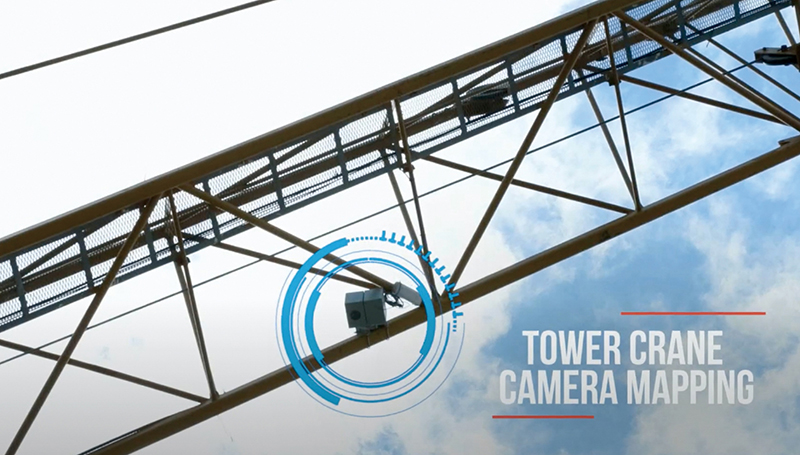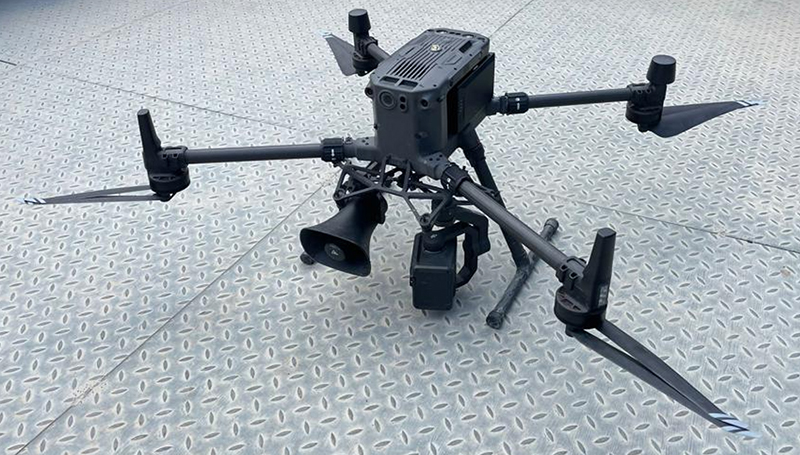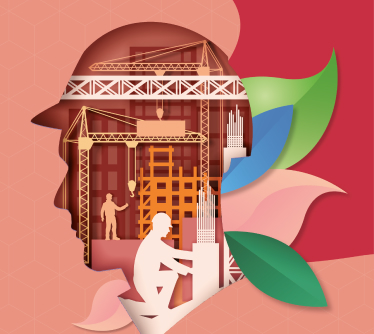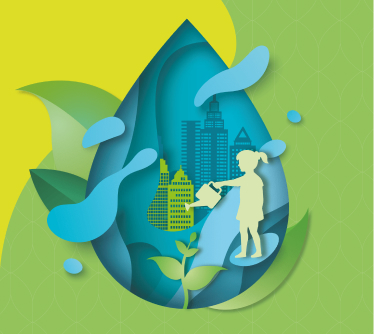
Home / Alliance
ALLIANCE
Alliance is crucial for driving the sustainable growth of the construction industry. Acknowledging the significance of partnerships, CSHK is dedicated to exploring collaborative opportunities and nurturing positive relationships with suppliers, subcontractors, and customers. By doing so, we aim to effectively advance the sustainable development of the industry while achieving mutual success.


